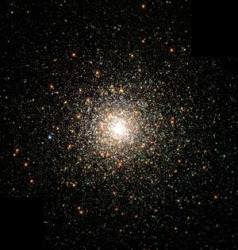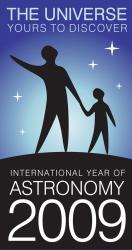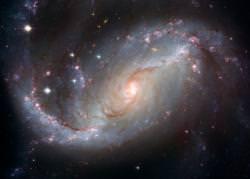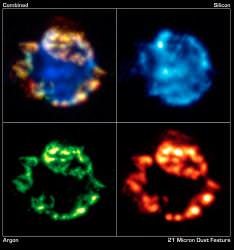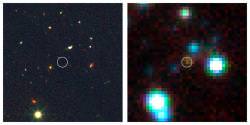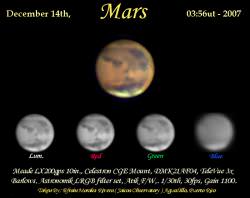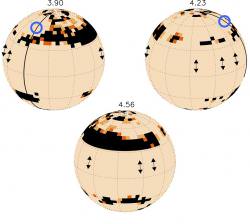It seems impossible to believe, but astronomers are now making plans to reach for the brass ring of planet hunting: to find Earth-sized worlds orbiting other stars, and then to analyze them to see if there’s life. But you’ve got to know what you’re looking for. That’s why astronomers are considering what the Earth might look like from afar. What clues would our planet give to distant astronomers that there’s life here?
The number of discovered planets is up to 240 now and growing. In fact, the planetary discoveries are coming so fast and furious that many universities don’t even bother releasing press releases any more.
But these are all hostile worlds; larger than our own gas giants, and many orbit tightly to their parent star. We’re not going to find life on these “hot jupiters”. No, it’s going to be the Earth-sized planets, orbiting within the habitable zone of their star, where water can still be a liquid on the surface of the planet. These planets are going to have active weather systems, oceans and land masses.
Even with a telescope with many times the power of the Hubble Space Telescope, an Earth-sized world would appear as a single pixel in a vast empty space. You wouldn’t get any kind of detailed resolution.
Can a single pixel tell you anything about that world? Researchers say, “yes”. In a new paper published in the online edition of the Astrophysical Journal, they say that observers looking at the Earth from afar would be able to judge our rotation rate, the probability of oceans, weather, and even if the planet has life.
If distant astronomers were watching Earth, they’d see the brightness change over time as clouds rotated in and out of view. If they could also measure its rotation period, they’d know whether a certain part of the planet was in view, and start to deduce if there are oceans or land masses pointed towards them.
The researchers have created a computer model for the brightness of Earth over time, showing that the global cloud cover is surprisingly constant. There are usually clouds over the rain forests, and arid regions are clear.
Astronomers watching Earth would start to recognize the patterns, and be able to deduce an active weather system here. Compare this to the other planets in the Solar System:
“Venus is always covered in clouds. The brightness never changes,” said Eric Ford, a UF assistant professor of astronomy, and one of 5 authors on the paper. “Mars has virtually no clouds. Earth, on the other hand, has a lot of variation.”
To recognize these kinds of characteristics on another world will require a telescope with roughly twice the size of Hubble. And observatories like this are in the works.
Original Source: University of Florida News Release


